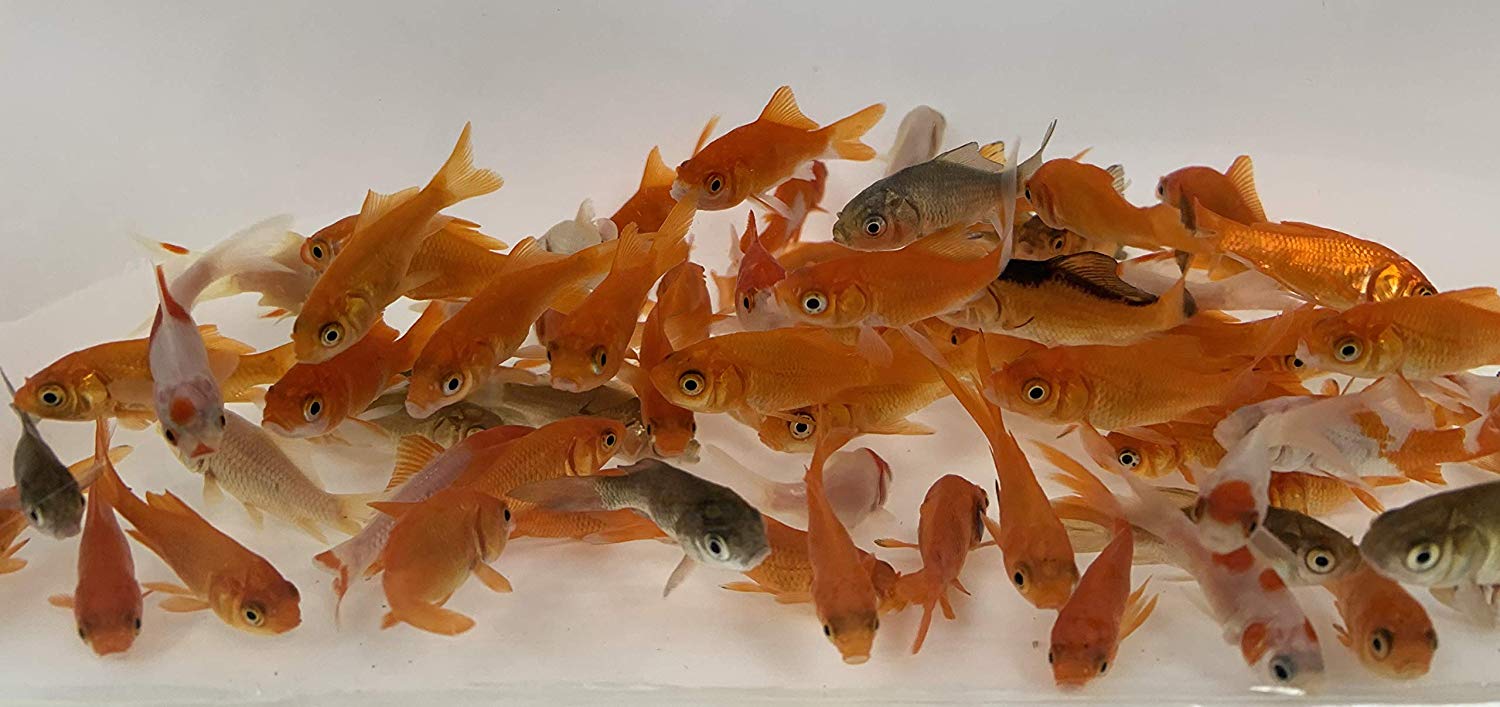

The Siamese Algae Eater is an efficient algae-eating fish that can reach up to 6 inches in length. Siamese Algae Eaters Image Credit: Swapan Photography, Shutterstock Many varieties have the long, noticeable barbels that many catfish are known for.Ĩ. They are scavengers by nature and typically have a peaceful, gentle temperament. Most varieties of Synodontis Cats can reach between 4–12 inches, but some varieties may exceed this size. This family of catfish is widely known for their unusual swimming habits, like those of the Upside-down Catfish, whose name is self-explanatory. Synodontis Catfish Synodontis-grandiops-MW-003b (Image Credit: Haps, Wikimedia Commons CC 3.0 Unported) These fish are moderately difficult to care for and are not recommended for beginners.ħ. Like Plecos, the Twig Catfish is considered to be an armored catfish, which provides it even more protection in the wild.

They are long, reaching 7–9 inches in length, but they are very thin. In the wild, this provides them protection against predation. These unusual-looking fish have developed very effective camouflage in the form of looking almost exactly like a thin twig or stick. You may also see these fish referred to as Farlowella Catfish or Whiptail Catfish. Twig Catfish Farlowella vittata (Image Credit: Carnat Joel, Flickr CC 2.0 Generic) Like most Cichlids, Geophagus are generally considered to be semi-aggressive, so tank mates should be chosen with care.Ħ. Most of them can reach 6–8 inches in length, and some varieties grow even larger than that. Sand and other fine, soft substrates are best for these fish. These fish are known for scooping up large bites of substrate and spitting the substrate back out after getting the food from it. This group of Cichlids has one of the more unique ways of eating. Geophagus Cichlidae – Geophagus altifrons (Image Credit: Hectonichus, Wikimedia Commons CC 3.0 Unported) They are bottom feeders but, like Oto Cats, will venture into other areas in the tank to find food.ĥ. They are peaceful fish that enjoy the company of other Cory Cats, so it’s best to keep them in small groups. These rotund little fish come in multiple varieties, most of which stay below 4–5 inches in length. Corydoras Catfish Image Credit: Rethinktwice, Pixabay Plecos are generally peaceful but can begin to exhibit territorial or aggressive tendencies as they age.ģ. However, there are great, smaller options that are more efficient at cleaning up the tank than Common Plecos, like the Clown Pleco and the Bristlenose Pleco. The most popular is the Common Pleco, but most people don’t realize that these fish can exceed 12 inches when fully grown, making them a poor pick for most home aquariums. There are a few dozen Plecostomus varieties in the fish-keeping market, so you have plenty to choose from. This family of fish are also referred to as armored catfish. Plecostomus Image Credit: Deborah Aronds, Shutterstock The best part about Oto Cats is that they will leave the bottom of the tank and eat algae from the sides of the tank and from plants and décor.Ģ. They are efficient algae eaters and will also pick up leftover food from the bottom of the tank. They are peaceful and when they are kept in groups, they become more active and less timid. They prefer to be kept in small groups, so plan to get at least four to six of them for your tank. Oto Cats are petite fish that tend to stay under 2 inches. Otocinclus Catfish Image Credit: Swapan Photography, Shutterstock Bottom feeders help clean up this mess, decreasing the need for tank vacuuming. Without bottom feeders, this plant matter will rot in the tank until you vacuum it out. If you have live plants in your tank or you offer veggies and fruits to your fish, then you will inevitably end up with dead plant matter in the bottom of your tank. Many bottom feeders will also eat algae or dead plant matter, which helps keep your tank clean in a completely different way. This helps keep your tank cleaner longer, especially if you are prone to overfeeding. The biggest benefit of bottom feeders is that they often pick up food that was missed by fish further up in the water column. Regardless of the size of your aquarium, there’s a bottom feeder fish to suit your tank.īottom feeders are great for multiple reasons that vary depending on the fish itself. When it comes to the tank floor and lower water column, there are lots of great options for fish that will not just help keep the lower portion of the tank clean, but will also bring their own unique charm to your tank. Finding fish that don’t just peacefully coexist, but that also help fill each level of the tank can be a challenge. When it comes to aquarium keeping, balance is key.


 0 kommentar(er)
0 kommentar(er)
